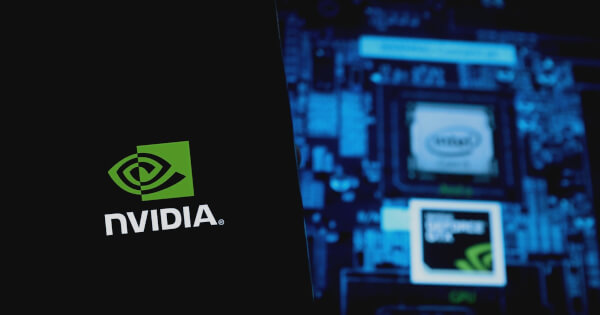

Artificial Intelligence (AI) is revolutionizing numerous industries by addressing significant challenges such as precision drug discovery and autonomous vehicle development. According to the NVIDIA Technical Blog, the deployment of large language models (LLMs) with trillions of parameters is a pivotal aspect of this transformation.
Challenges in LLM Deployment
LLMs generate tokens mapped to natural language, which are then sent back to the user. Increasing token throughput can enhance return on investment (ROI) by serving more users, though this may reduce user interactivity. Striking the right balance between these factors is increasingly complex with evolving LLMs.
For instance, the GPT MoE 1.8T parameter model has subnetworks that independently perform computations. The deployment considerations for such models include batching, parallelization, and chunking, all of which affect inference performance.
Balancing Throughput and User Interactivity
Enterprises aim to maximize ROI by increasing the number of user requests served without additional infrastructure costs. This involves batching user requests to maximize GPU resource utilization. However, user experience, measured by tokens per second per user, demands smaller batches to allocate more GPU resources per request, which can lead to underutilization of GPU resources.
The trade-off between maximizing GPU throughput and ensuring high user interactivity is a significant challenge in deploying LLMs in production environments.
Parallelism Techniques
Deploying trillion-parameter models requires various parallelism techniques:
- Data Parallelism: Multiple copies of the model are hosted on different GPUs, independently processing user requests.
- Tensor Parallelism: Each model layer is split across multiple GPUs, with user requests shared among them.
- Pipeline Parallelism: Groups of model layers are distributed across different GPUs, processing requests sequentially.
- Expert Parallelism: Requests are routed to distinct experts in transformer blocks, reducing parameter interactions.
Combining these parallelism methods can significantly improve performance. For example, using tensor, expert, and pipeline parallelism together can deliver substantial GPU throughput without sacrificing user interactivity.
Managing Prefill and Decode Phases
Inference involves two phases: prefill and decode. Prefill processes all input tokens to calculate intermediate states, which are then used to generate the first token. Decode sequentially generates output tokens, updating intermediate states for each new token.
Techniques such as inflight batching and chunking optimize GPU utilization and user experience. Inflight batching dynamically inserts and evicts requests, while chunking breaks down the prefill phase into smaller chunks to prevent bottlenecks.
NVIDIA Blackwell Architecture
The NVIDIA Blackwell architecture simplifies the complexities of optimizing inference throughput and user interactivity for trillion-parameter LLMs. Featuring 208 billion transistors and a second-generation transformer engine, it supports NVIDIA’s fifth-generation NVLink for high bandwidth GPU-to-GPU operations.
Blackwell can deliver 30x more throughput compared to previous generations, making it a powerful tool for enterprises deploying large-scale AI models.
Conclusion
Organizations can now parallelize trillion-parameter models using data, tensor, pipeline, and expert parallelism techniques. NVIDIA’s Blackwell architecture, TensorRT-LLM, and Triton Inference Server provide the tools needed to explore the entire inference space and optimize deployments for both throughput and user interactivity.
Image source: Shutterstock
. . .
Tags
Source link



